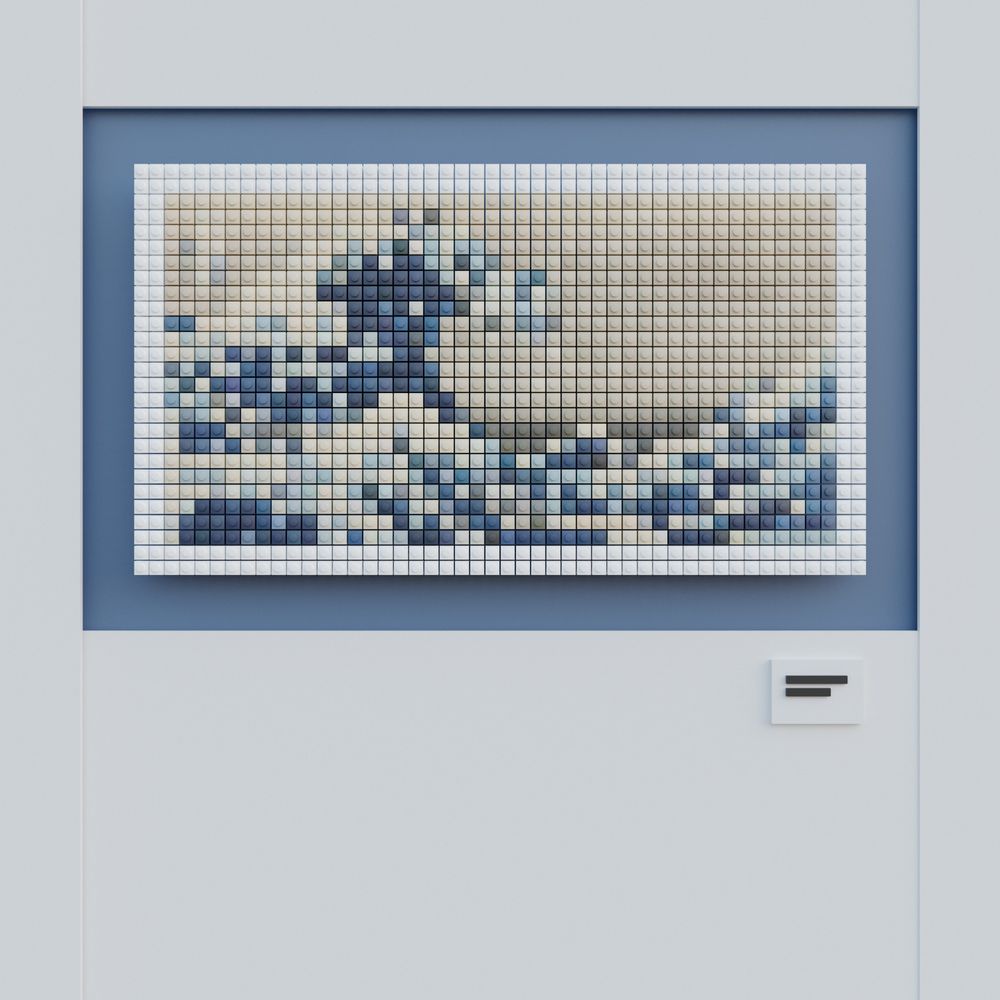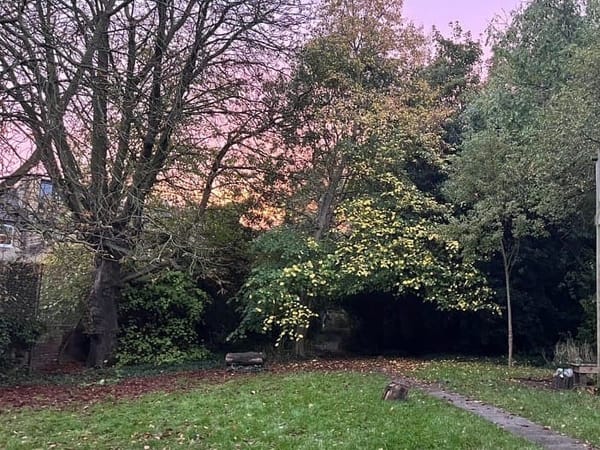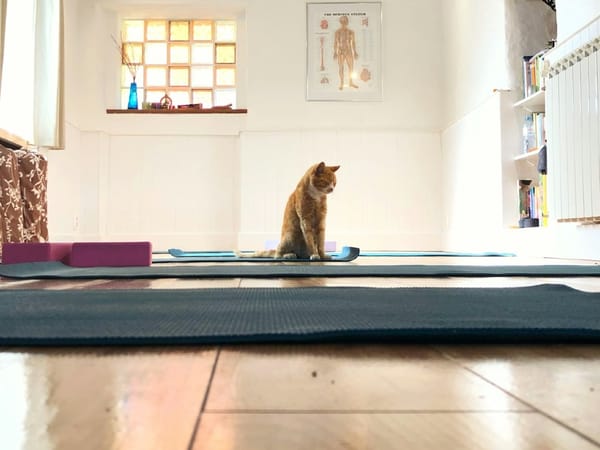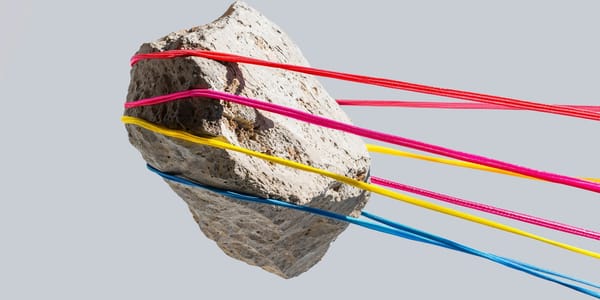Raster Reveal
Exercise
Interact with the image to reveal more. Stop when you're sure what it is. Reload for a new one.
You're exploring without requirements – you're discovering what it is, not verifying that it is something. Observe how that feels. Observe how you work.
Run this as a lunchtime exercise, on your own or with colleagues. Take a minute to play with a picture, then stop and talk about what you found, and how you found it.
Could you generalise your approach? Would a generalised approach work on another picture?
Do it again. Compare.
Questions
The following questions may help you dig into your experience. Add others to the comments.
About the picture – and about you
- When did you know what you were looking at? How did that feel?
- What can you see? What is the subject? What is the context – where is the subject, what is it doing?
- How did you work out what the subject is?
- How did you distinguish subject from context?
- What areas did you give most attention to?
- What did you refine? How did you refine?
- How did you know you were done?
- Did you sense a diminishing return – where, while in some sense incomplete, declaring you were done was preferable to doing any more?
- What was the interplay between what you were doing, and what you perceived
- How did your guess (of what you were seeing) change over time?
- Were you surprised by what you revealed, or reinforced?
- Could you have done this better / more swiftly / more easily without using the exploratory surface (moving over the picture) that you were invited to use? What other ways of exploring did you try? What other way might you try? Are some of those ways 'cheating'? Why?
About testing, automation and judgement
You’re a sophisticated visual perceiver with decades of learning about what images mean. A machine is none of these things – but it is fast, precise and relentless.
- What parts of this work would be helped by a machine?
- How would you decide which parts are worth building a machine to help with?
Related stuff
Here's my article on how I built it.
Reactions...
Soon after this went live, Alan Richardson / @eviltester posted his response: Amorphous Blob Exercise . I'm delighted by his take, and I've quoted part of it below.
my immediate response to these exercises is to 'cheat'.
By which I mean... there are multiple Domains in play with this exercise:
- The Exploratory Testing Exercise Domain
- Self Reflection Process Domain
- Gestalt Psychology
- Image Cognition
- JavaScript Canvas Web Domain
- Web Technology
- etc.
There will be more domains. An additional exercise is identifying which domains you are aware of that you can bring to play in any exercise.
Exploring each domain provides different insights and learning experiences. The process of modelling is a learning experience.
By 'cheat' I mean, I jump to one of the domains which will provide an answer faster, and preferably a repeatable answer.
Having done that, I can then explore the other domains more comfortably, knowing that I have a tactical approach to getting results if I need them.
Join his patreon to see the rest – and to read more excellent (and frequently-updated) content. Subscribe to read my teaching notes, including how I treat the opportunity presented by people whon 'cheat' an exercise.
Helena Jeret-Mäe prompted me to set up this version with a familiar picture.





Comments
Sign in or become a Workroom Productions member to read and leave comments.